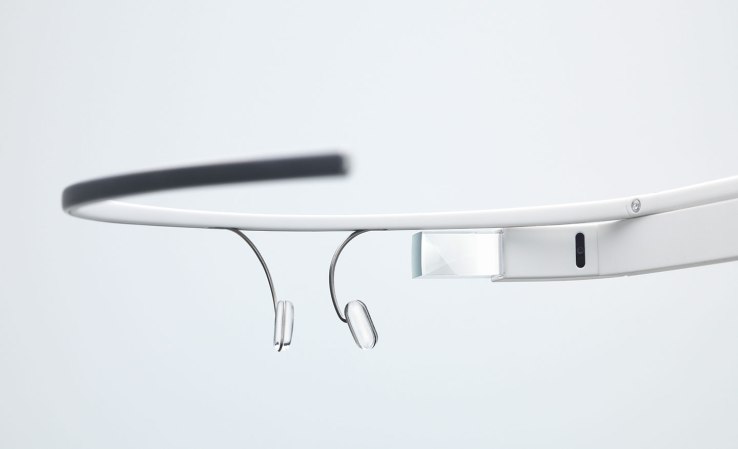
Get ready for the rebirth of Google Glass. Details were recently uncovered that indicate Google is working on an upgraded version. However not aimed at the general consumer, but at the enterprise market.
According to 9to5google, this upcoming edition will pack a larger display prism, Intel Atom CPU and the ability to connect an external battery pack — all upgrades critical for enterprise users.
This model, if real, would be sold to companies looking to equip their workforce with smarter technology. Instead of receiving tweets, these users would get information related to their job. Think warehouse workers. With this version of Google Glass, these works would be able to receive and process orders quicker.
Reportedly the new version of Google Glass also sports improved battery life, partly because of the Intel Atom CPU. The specific clock speed is unknown, but this tiny SoC has proven itself by powering most Android Wear devices. The inclusion of an optional battery pack states Google is aiming this device at industries looking for constant all-day use.
This isn’t the first time an Enterprise-focused Google Glass was uncovered. The WSJ reported in late 2014 that Google was retooling Glass for such a use case and would release the model in 2015.

Comments
Post a Comment